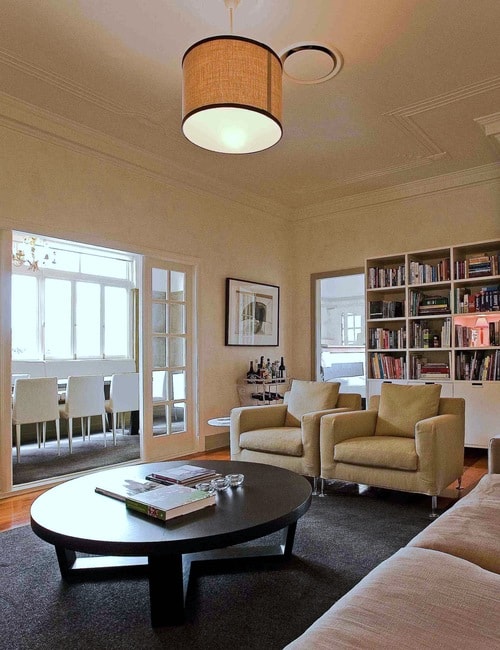How to Design Living Spaces That Feel Good, Not Just Look Good
A beautifully styled home might impress visitors, but the real measure of success is how it feels to live in every day. True design goes beyond aesthetics; it shapes emotion, behaviour, and wellbeing. The best living spaces don’t just look good, they feel right.
On the Gold Coast, where homes are often open, light-filled, and connected to nature, creating the right energy flow is essential. When a room feels balanced, calm, and cohesive, you instinctively relax the moment you walk in. That sense of ease doesn’t happen by accident, it's the result of thoughtful design.
Designing for the Feel of a Space
When I start working with clients, I always ask: How do you want this space to make you feel? The answer guides every design decision.
Some want serenity, others want vibrancy and warmth. The key lies in balancing materials, scale, and colour so that everything supports the desired mood.
Flow is equally important. The way you move through a room how furniture sits in relation to light, doors, and sightlines directly affects comfort and harmony. When layout, proportion, and function are considered together, your living space begins to breathe.
(See also Interior Design Services).
Start with Space Planning
Before adding new furniture or décor, consider the architecture and purpose of the room. A great plan ensures each area living, dining, or entry has a clear role and enough breathing room between them.
Thoughtful furniture placement defines zones without closing them off, making open-plan living feel structured yet free-flowing. This is where professional planning saves costly mistakes and maintains connection between spaces.
Through my trusted trade networks, clients can access quality furnishings and custom pieces. I often pass on a portion of trade discounts to help offset professional fees — a way to balance value with design excellence while keeping the focus on quality and flow rather than cost alone.
(Learn more about Furniture Selection & Trade Discounts).
Create Balance Through Texture and Tone
Once the layout works, emotion comes through texture. Soft furnishings such as rugs, curtains, and cushions add depth, while warm timber, linen, and matte finishes bring tactile comfort.
Colour also shapes emotion. Soft, neutral palettes create calm and openness, while richer tones add intimacy and sophistication. I often encourage clients to repeat accent colours subtly across rooms cushions, art, and accessories to create a natural sense of flow.
(Explore Soft Furnishings & Styling).
Light, Art, and the Energy of a Room
Lighting transforms a room’s mood at any time of day. Layering ambient, task, and decorative lighting ensures flexibility bright for function, soft for relaxation.
Artwork and personal pieces add emotional resonance. Whether it’s a statement canvas, family heirloom, or sculpture that catches the light, art should connect you to your space and tell your story.
Design That Enhances Everyday Life
A well-designed space supports how you live encouraging calm mornings, relaxing evenings, and easy entertaining. Clients often tell me that after their redesign, they not only love the look but feel more grounded and content at home.
That’s the real power of great design: it changes how you experience life, not just your surroundings.
Bring Feeling Back Into Your Home
If your living areas look good but still don’t feel right, it may be time to re-evaluate their flow, tone, and energy. Together, we can refine your living spaces so they reflect who you are and how you want to feel every day.
Book a Consultation today to start creating living spaces that look beautiful and truly feel like home.




